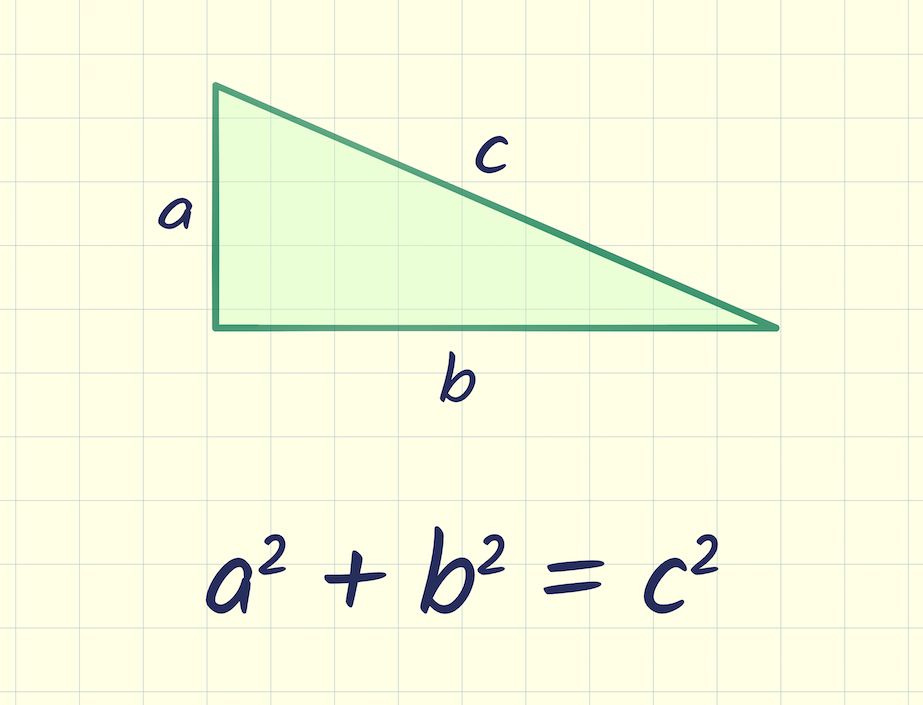so i rolled up a G2 star, with the safe jump distance of 1,517,879,732km, and a giant terrestrial planet almost outside the goldilocks zone conveniently at 1 AU(150 million km). i've been struggling with the conversion formulae.
Alright: proximity limit 1,517,879,732km, and 150 million kilometers to the planet.
then i figured that i'm basically calculating a hypotenuse
Yep, that's correct.
with the safe jump distance being (a) leg, and the planet's orbital distance as the (b) leg.
Yep, those are correct. Then you just need to solve for C:

so i did the Pythagorean theorem, and got a transit distance of 15 billion km or 100 AU.
That's a wee bit high. It looks like there's a missing square root because that's about the square of the (a) and (b) added together.
BattleTech is often a bit...generous...in its observance of science, but it hasn't reworked Pi or basic geometry so I can point to the font of all human knowledge:
Wikipedia and, in this case, the Pythagorean theorem articleOnce you have a and b and need to solve for c:
a^2 + b^2 = c^2
rearranges to:
c = square root (a^2 + b^2)
c = square root ((1,517,879,732km^2) + (150,000,000km^2))
c = square root (2,303,958,880,816,391,824 + 22,500,000,000,000,000) ...I'm so glad I can copy-n-paste out of Microsoft's calculator
c = square root (2,303,958,880,816,391,824 + 22,500,000,000,000,000)
c = square root (2,326,458,880,816,391,824)
c = 1,525,273,379 kilometers, which is about 10AU
And that should have a 9-ish day transit. If you need help with the transit calculations then I can help you through those, too.